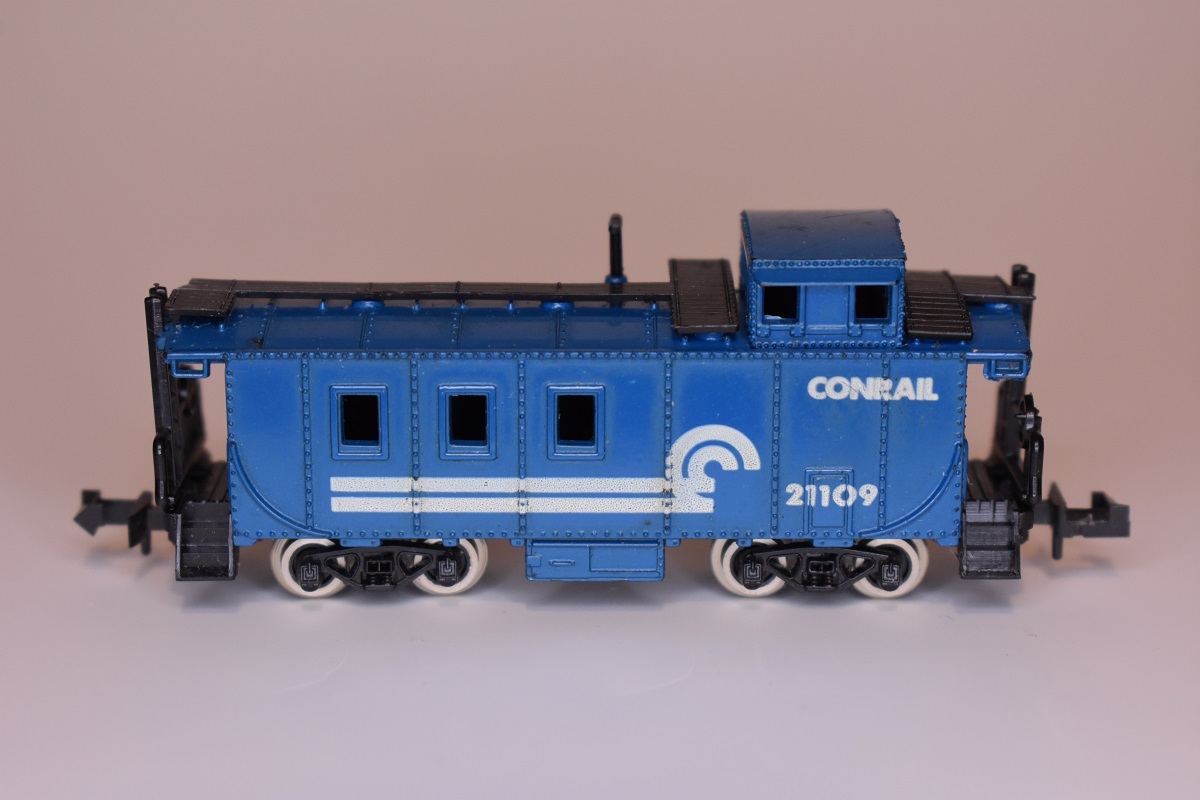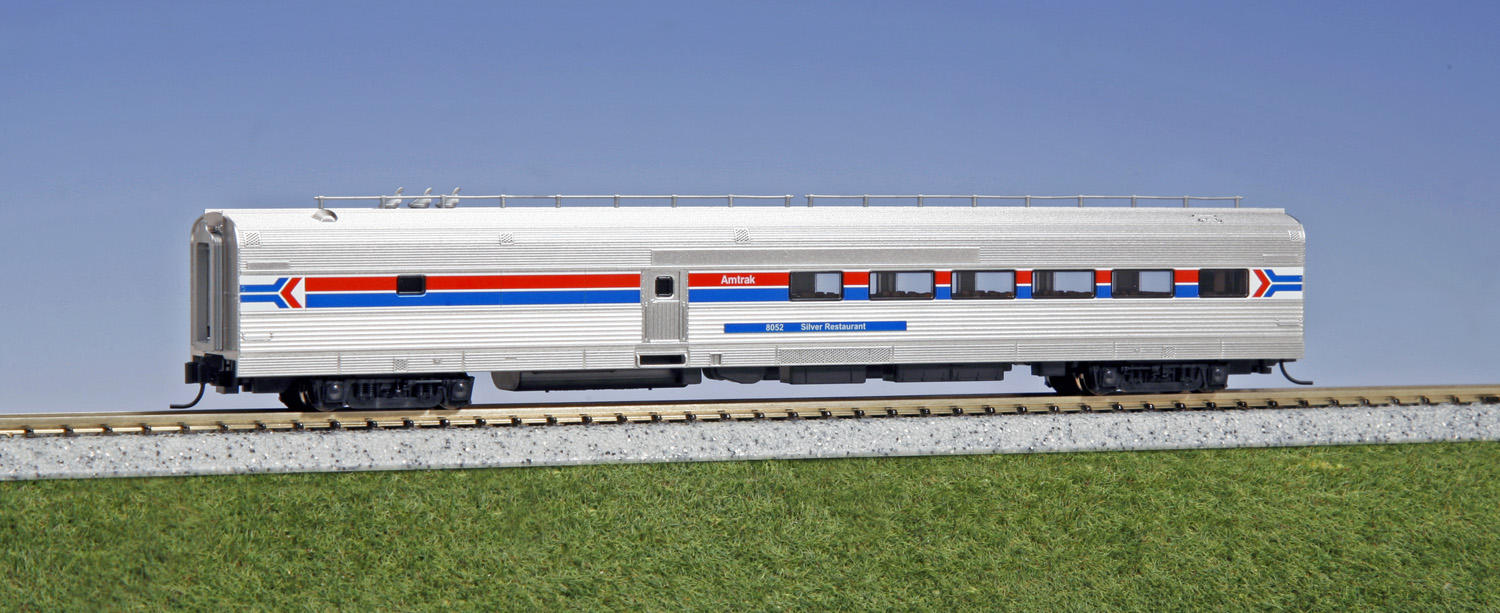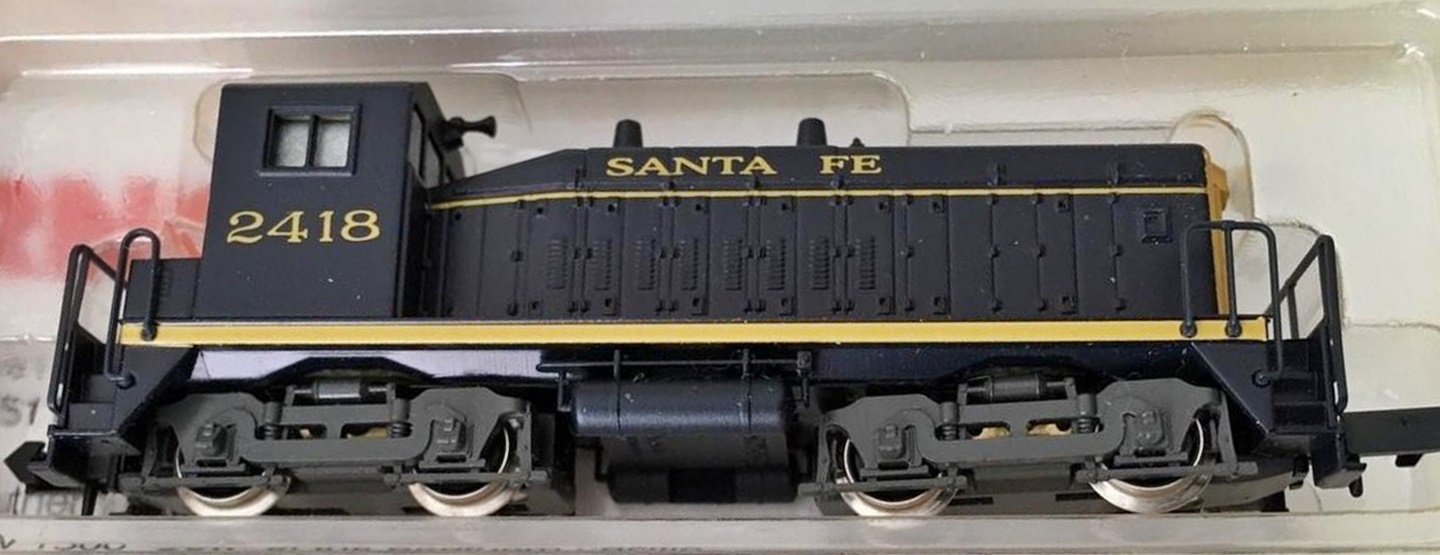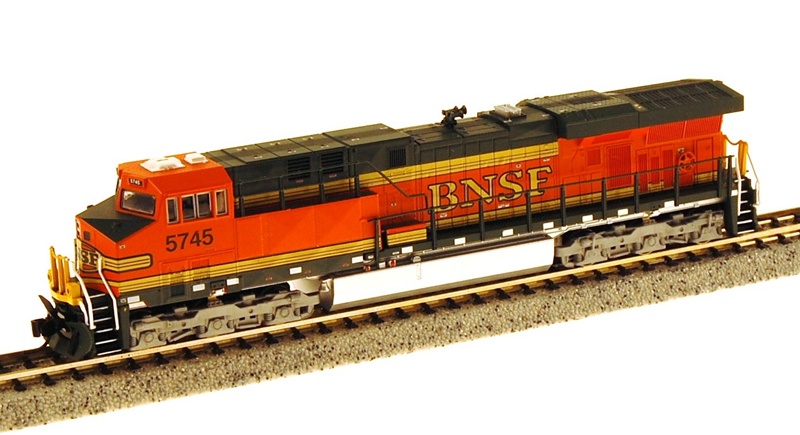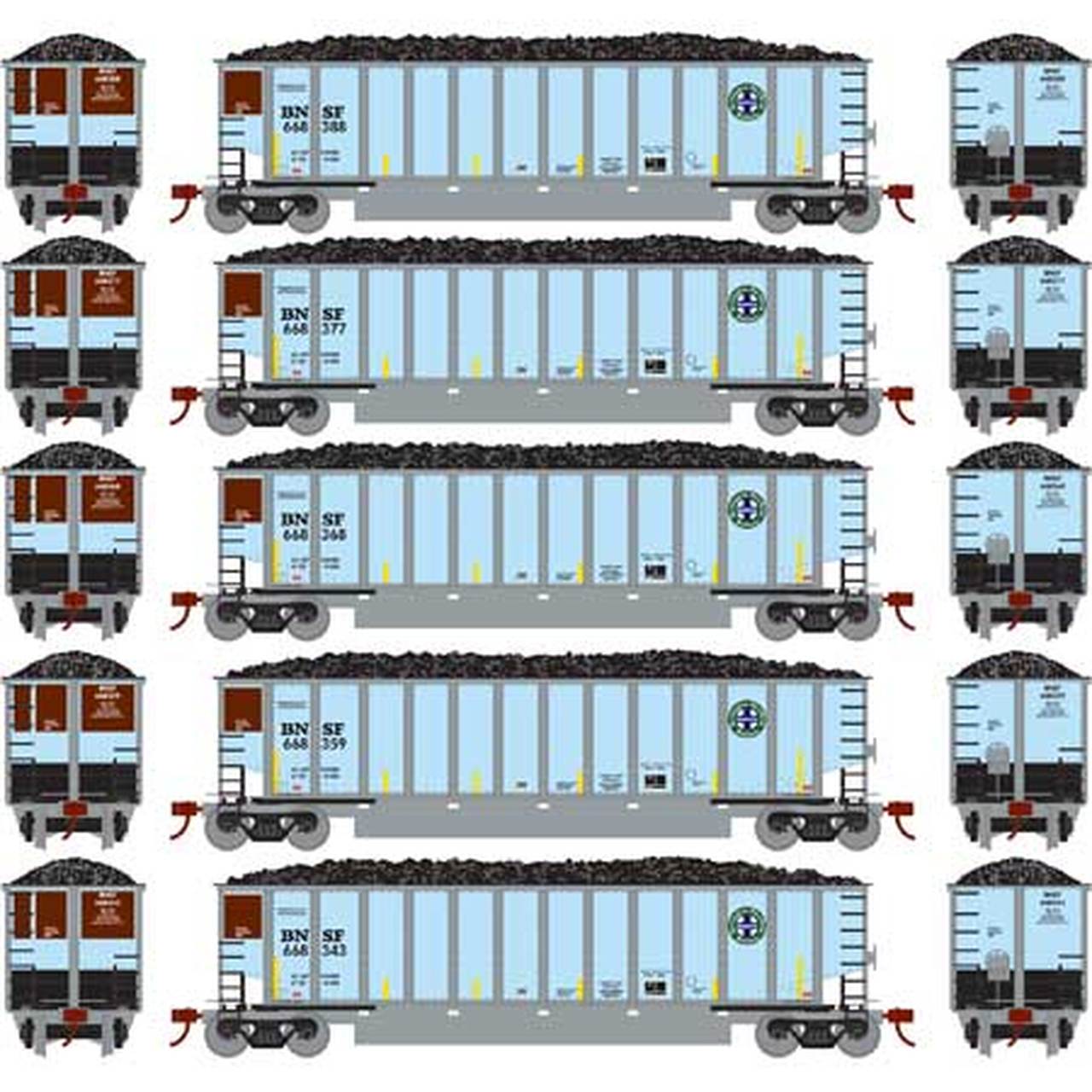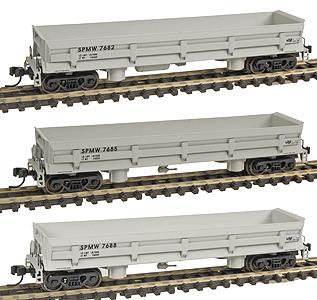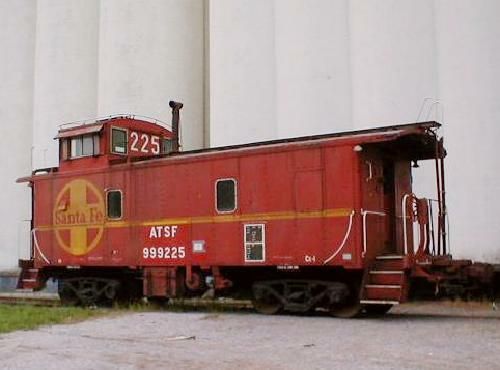Mehano - 13970 - Caboose, Cupola, Steel - Conrail - 21109
| Stock Number | 13970 |
| Secondary Stock Number | T488 |
| Brand | Mehano |
| Manufacturer | Mehano |
| Body Style | Mehano Caboose Cupola Offset 6-Window |
| Prototype Vehicle | Caboose, Cupola, Steel (Details) |
| Road or Company Name | Conrail (Details) |
| Road or Reporting Number | 21109 |
| Paint Color(s) | Blue |
| Print Color(s) | White |
| Coupler Type | Rapido Hook |
| Coupler Mount | Body-Mount |
| Wheel Type | Nickel-Silver Plated Metal |
| Wheel Profile | Deep Flange |
| Item Category | Rolling Stock (Freight) |
| Model Type | Caboose |
| Model Subtype | Cupola |
| Model Variety | End |
| Prototype Region | North America |
| Prototype Era | NA Era III: Transition (1939 - 1957) |
| Scale | 1/160 |
Model Information:
This is a model of a steel offset-cupola caboose made in Yugoslavia by Mehano. It was first produced for Life-Like in the 1970s. Life-Like dropped it in the 1990s favor of a Chinese-made eight-window cupola caboose. Model Power became the new importer after that. These models ultimately vanished in the late 1990s (probably due to all the conflict in the former Yugoslavia).
Caboose underside reads Yogoslavia.
Caboose underside reads Yogoslavia.
Prototype History:
The origins of the railroad caboose appear to date back to the 1840s when Nat Williams, a conductor of the Auburn & Syracuse Railroad (a later affiliate of the New York Central) became fed up with cramped and uncomfortable quarters to do paperwork (a common job of the conductor, whose responsibility is general oversight and control of a train, passenger or freight), which was usually done in either a free space of a passenger car or combine/baggage car. To fix this problem, Williams found an unused boxcar and using a simple box and barrel, as a seat and desk, set up shop in the car to do his duties. Not only did he find out he had plenty of room to work but also figured that he could use the unused space to store tools (flags, lanterns, spare parts, etc.) and other essentials to have on board whenever needed (such things become commonly stored on the caboose).
Perhaps the most striking feature ever applied to the railroad caboose was its cupola. According to the story, conductor T.B. Watson of the Chicago & North Western in the 1860s reportedly used a hole in a boxcar’s roof (which he was using as a caboose) to get a better vantage point of the train ahead. It is said that Watson was amazed by the view afforded from the position being able to not only see the train ahead but also from all sides, and to the rear as well. He apparently convinced C&NW shop forces to construct a type of open observation box onto an existing singe-level caboose with windows all around where one could sit and view their surroundings. The rest, as they say, is history and the common cupola was born.
Steel Cabooses replaced their wood-sheathed brethren after the second world war when the steel glut made the production and maintenance of steel cabooses far more efficient than wooden models. With the advancement of the End-of-Train device, cabooses slowly began to fall out of favor. However, in the early 2000’s, “shoving platforms” began to appear as a place to safely house a crew when a reverse move was required. Instead of riding on the side of a freight car, the crew member now has a safe place to stand, while guiding the rear of a reverse move.
Perhaps the most striking feature ever applied to the railroad caboose was its cupola. According to the story, conductor T.B. Watson of the Chicago & North Western in the 1860s reportedly used a hole in a boxcar’s roof (which he was using as a caboose) to get a better vantage point of the train ahead. It is said that Watson was amazed by the view afforded from the position being able to not only see the train ahead but also from all sides, and to the rear as well. He apparently convinced C&NW shop forces to construct a type of open observation box onto an existing singe-level caboose with windows all around where one could sit and view their surroundings. The rest, as they say, is history and the common cupola was born.
Steel Cabooses replaced their wood-sheathed brethren after the second world war when the steel glut made the production and maintenance of steel cabooses far more efficient than wooden models. With the advancement of the End-of-Train device, cabooses slowly began to fall out of favor. However, in the early 2000’s, “shoving platforms” began to appear as a place to safely house a crew when a reverse move was required. Instead of riding on the side of a freight car, the crew member now has a safe place to stand, while guiding the rear of a reverse move.
Road Name History:
The Consolidated Rail Corporation, commonly known as Conrail (reporting mark CR), was the primary Class I railroad in the Northeast U.S. between 1976 and 1999. Conrail is a portmanteau of "consolidated" and "rail" from the name of the company.
The U.S. federal government created Conrail to take over the potentially profitable lines of multiple bankrupt carriers, including the Penn Central Transportation Company and Erie Lackawanna Railway. With the benefit of industry-wide regulatory requirements being reduced (via the 4R Act and the Staggers Act), Conrail began to turn a profit in the 1980s and was turned over to private investors in 1987. The two remaining Class I railroads in the East, CSX Transportation and the Norfolk Southern Railway (NS), agreed in 1997 to split the system approximately equally, returning rail freight competition to the Northeast by essentially undoing the 1968 merger of the Pennsylvania Railroad and New York Central Railroad that created Penn Central. Following Surface Transportation Board approval, CSX and NS took control in August 1998, and on June 1, 1999, began operating their portions of Conrail.
The U.S. federal government created Conrail to take over the potentially profitable lines of multiple bankrupt carriers, including the Penn Central Transportation Company and Erie Lackawanna Railway. With the benefit of industry-wide regulatory requirements being reduced (via the 4R Act and the Staggers Act), Conrail began to turn a profit in the 1980s and was turned over to private investors in 1987. The two remaining Class I railroads in the East, CSX Transportation and the Norfolk Southern Railway (NS), agreed in 1997 to split the system approximately equally, returning rail freight competition to the Northeast by essentially undoing the 1968 merger of the Pennsylvania Railroad and New York Central Railroad that created Penn Central. Following Surface Transportation Board approval, CSX and NS took control in August 1998, and on June 1, 1999, began operating their portions of Conrail.
Brand/Importer Information:
In 1952, the company Mehanotehnika was founded in Yugoslavia, which produced and sold metal and plastic products. The name comes from the name of the first puzzle toys the company made. In June 1953 production started in its own factory.
In 1959 production was moved to a new large production hall in Izola (now in Slovenia). In 1962 a new factory was opened in Materija. In 1971, the production of children's toys was moved to the factory in Materija. Besides under their own name, Mehano trains were often sold under the client's brand name such as Atlas, AHM, Life-Like, Tempo, Tibidabo and Model Power.
In 1990 the company changed its name to Mehano. In 2004 it was acquired by LIVE. In 2010 a new product line for children was launched under the name My First Train. Nevertheless, in 2012 Mehano became insolvent and was taken over by Lemke in Germany.
In the world of N Scale, Mehano products were produced under contract and imported by several other brand names for use in the US. However, a few models were imported with either "MT", "Mehano" or "Tempo" branding.
In 1959 production was moved to a new large production hall in Izola (now in Slovenia). In 1962 a new factory was opened in Materija. In 1971, the production of children's toys was moved to the factory in Materija. Besides under their own name, Mehano trains were often sold under the client's brand name such as Atlas, AHM, Life-Like, Tempo, Tibidabo and Model Power.
In 1990 the company changed its name to Mehano. In 2004 it was acquired by LIVE. In 2010 a new product line for children was launched under the name My First Train. Nevertheless, in 2012 Mehano became insolvent and was taken over by Lemke in Germany.
In the world of N Scale, Mehano products were produced under contract and imported by several other brand names for use in the US. However, a few models were imported with either "MT", "Mehano" or "Tempo" branding.
Manufacturer Information:
Mehano is a Slovenian toy manufacturer located in Izola, Slovenija. The company was founded as Mehanotehnika and was producing toys starting in June 1953. They first exhibited at the Nuerenberg Toy Fair in 1959. Mehano produced a number of different locomotives and rolling stock models for the North American market in the 1960s and 1970s. Companies such as Atlas and Life-Like imported a huge variety of their products. Generally they can easily be recognized as they are stamped "Yugosolavia" on the underframe. The company was formally renamed "Mehano" in 1990. Izola today is part of the country of Slovenia since the breakup of Yugoslavia.
Mehano filed for bankruptcy in 2008, but still continued to exist and operate. Since 2012, Mehano products are distributed by Lemke.
Mehano filed for bankruptcy in 2008, but still continued to exist and operate. Since 2012, Mehano products are distributed by Lemke.
Item created by: Alain LM
on 2023-05-18 05:09:55
Last edited by: Alain LM on 2023-05-18 05:12:15
If you see errors or missing data in this entry, please feel free to log in and edit it. Anyone with a Gmail account can log in instantly.
Last edited by: Alain LM on 2023-05-18 05:12:15
If you see errors or missing data in this entry, please feel free to log in and edit it. Anyone with a Gmail account can log in instantly.


